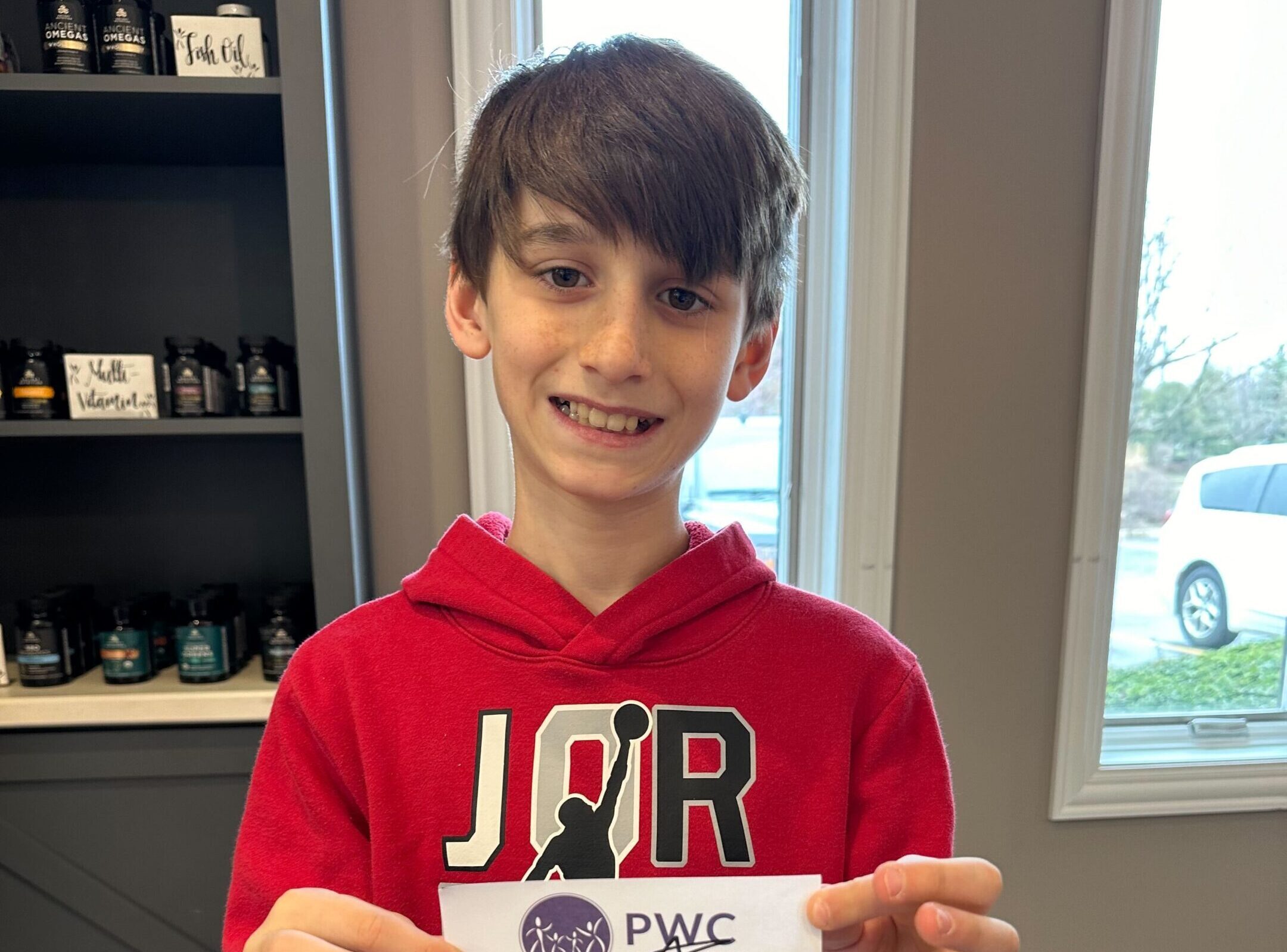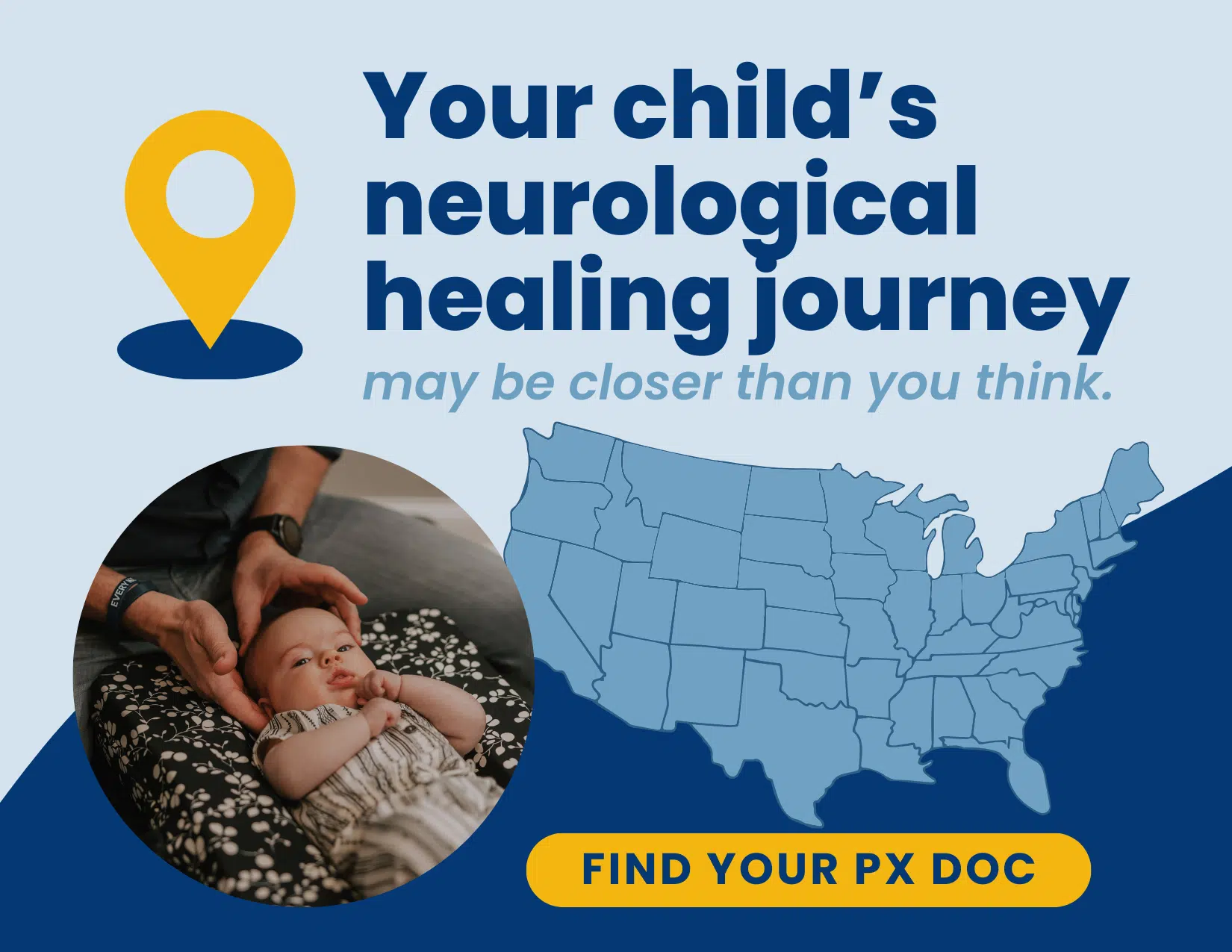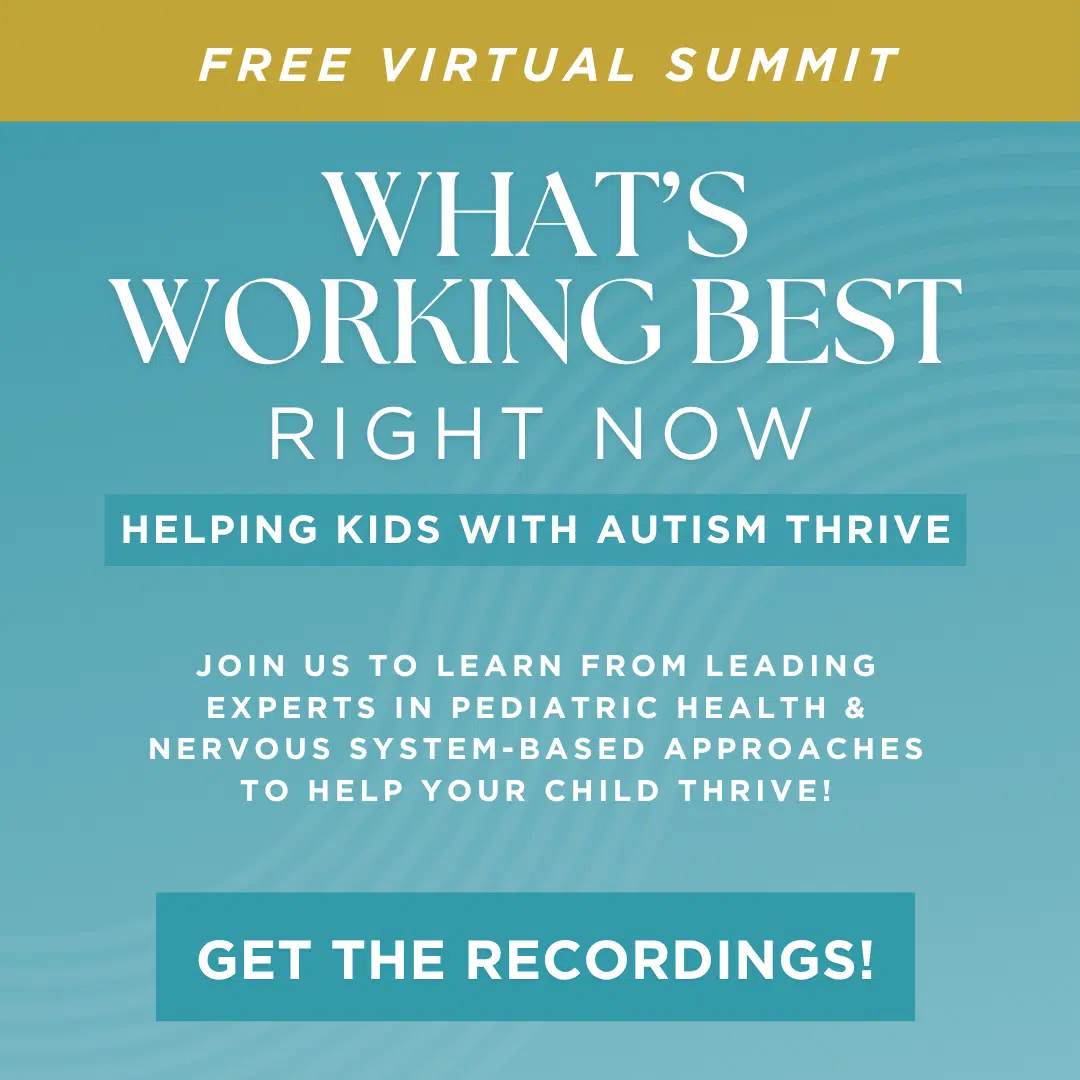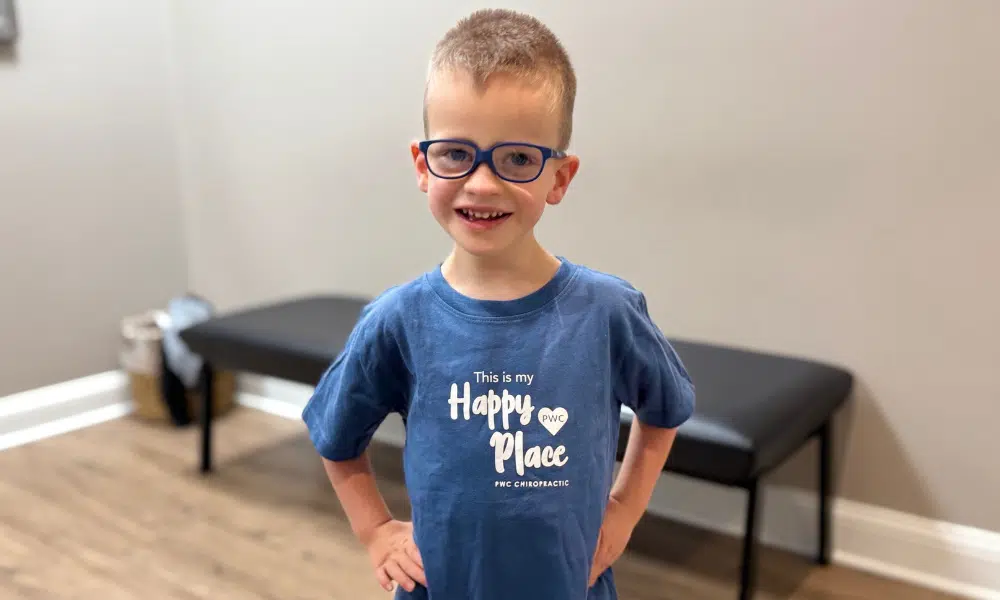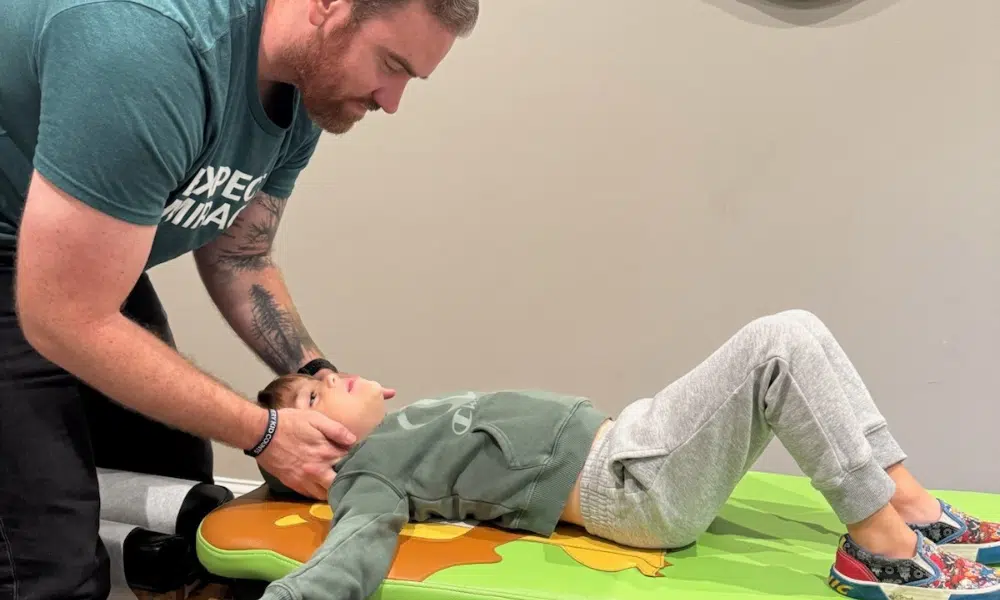As a parent, watching your child struggle with anxiety can be an overwhelming and heartbreaking experience. You may feel helpless, especially when traditional medical approaches often resort to medication as the first line of treatment. However, at our PX Docs offices, we want you to know that there is another way – a drug-free, holistic approach that focuses on the root cause of your child’s anxiety: the nervous system.
The Prevalence of Childhood Anxiety
4.4 million children face anxiety, which can lead to difficulties in school, social interactions, and family life. These struggles can manifest in various ways, such as your child feeling nervous or tense, sensing danger when it may not be present, experiencing an increased heart rate and rapid breathing, sweating, trembling, difficulty concentrating, and even gastrointestinal problems.
It’s important to recognize that feeling nervous and sometimes anxious is a natural human response to perceived threats, triggering our nervous system’s “fight, flight, or freeze” response. However, when these feelings become stuck and turn into chronic anxiety, it can significantly change the way your child perceives their daily life, making even the simplest tasks feel overwhelming and unmanageable.
Understanding Your Child’s Perfect Storm: How Anxiety Really Begins
At PX Docs, we’ve discovered that childhood anxiety rarely appears out of nowhere. Instead, it’s often the result of what we call the “Perfect Storm” – a cascade of neurological stressors that begin accumulating from the earliest moments of life, sometimes even before birth.
The Neurological Cascade: From Stress to Stuck
Here’s what most pediatricians and therapists miss: anxiety isn’t just “in your child’s head.” It’s literally stuck in their nervous system. The Perfect Storm creates a sequence of events that fundamentally alters how your child’s nervous system develops and functions:
Stage 1: Prenatal Programming When you experienced stress during pregnancy – whether from work pressures, fertility challenges, or health concerns – your stress hormones crossed the placenta and began shaping your baby’s developing nervous system. Research published in the Journal of Child Psychology and Psychiatry shows that prenatal maternal stress increases a child’s risk of developing anxiety disorders by 66%. The study found that children exposed to high levels of maternal stress hormones in utero were twice as likely to have emotional and behavioral problems by age 7, essentially “pre-wiring” the nervous system for hypervigilance and anxiety.
Stage 2: Birth Trauma and Early Intervention Birth trauma from interventions like C-sections, forceps, vacuum extraction, or even prolonged labor creates physical stress on your infant’s delicate brainstem and upper neck. This area houses the vagus nerve – your child’s primary “calm down” nerve. When this gets damaged or compressed, your child’s nervous system gets stuck in “protection mode,” unable to shift into the rest-and-digest state necessary for healthy development.
Stage 3: The Domino Effect Once that initial neurological dysfunction sets in, a predictable pattern emerges. Parents often tell us their anxious child had colic as a baby, chronic ear infections as a toddler, and digestive issues throughout early childhood. These aren’t separate problems – they’re all manifestations of the same underlying nervous system dysfunction.
Think about it: that colicky baby who couldn’t calm down becomes the toddler who has massive meltdowns, who becomes the school-age child with separation anxiety, who becomes the teenager with panic attacks. It’s the same storm, just showing up differently as your child grows.
Why Traditional Approaches Miss the Mark
When you take your anxious child to the pediatrician, they see the anxiety. When you visit the therapist, they see the behaviors. But neither is trained to look at the neurological foundation underneath it all. They’re treating the branches while ignoring the roots.
Your child’s anxiety persists because the original neurological tension from their Perfect Storm is still there. It’s like trying to teach someone to be calm while they’re stuck in a smoke-filled room – until you clear the smoke (the subluxation and nervous system dysfunction), all the coping strategies in the world won’t create lasting change.
The Nervous System’s Role in Anxiety
At the core of our approach to managing childhood anxiety is the understanding that the nervous system plays a crucial role in regulating emotions and stress responses. When the nervous system is out of balance, it can lead to a heightened stress response and an inability to access the “rest, digest, and regulate” state, which is essential for maintaining emotional well-being.
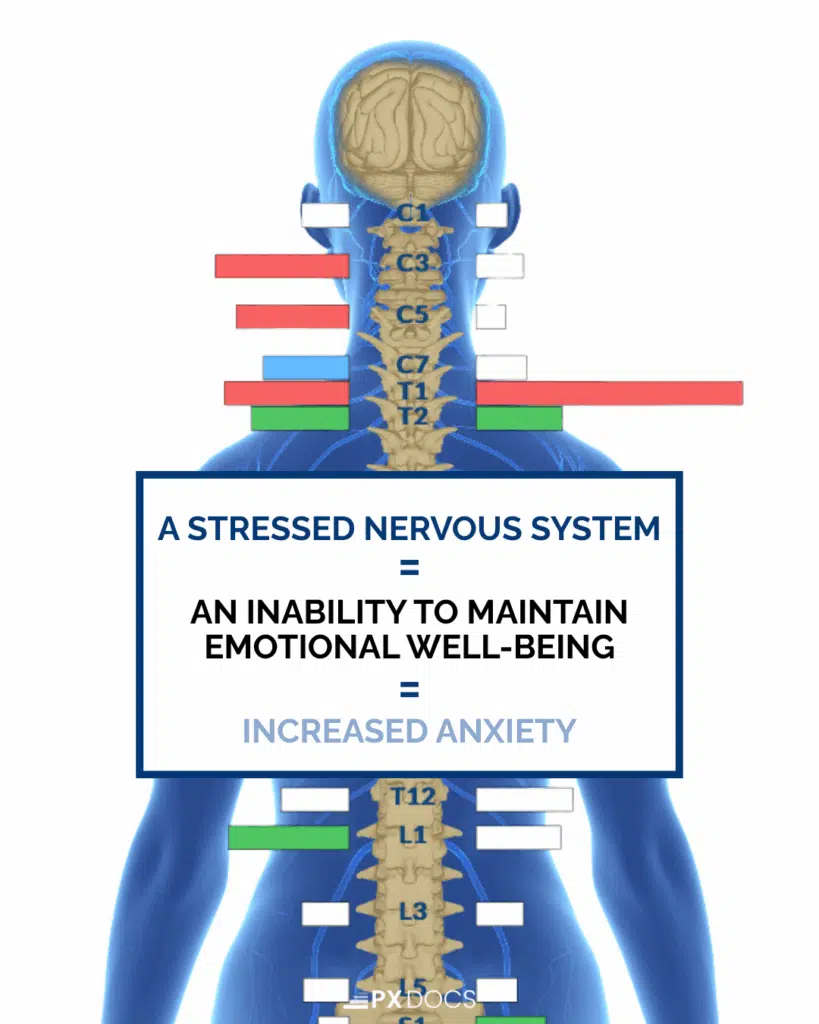
This imbalance is often caused by subluxation, which is the stress and tension that gets stuck within the nervous system. Subluxation buildup can start as early as stress during pregnancy, birth trauma, and early childhood experiences, setting the stage for anxiety later in life.
Another key player in the regulation of the nervous system is the vagus nerve, which is responsible for activating the “rest and relaxation” (parasympathetic) side of the nervous system. When the vagus nerve is not functioning properly, your child’s body may struggle to access the “brake pedal” that helps them calm down and regulate their emotions.
The Science Behind the Struggle
When your child is stuck in sympathetic dominance – what we call having their “gas pedal” stuck on – their body is constantly producing stress hormones. This creates measurable changes:
- Heart rate variability decreases by up to 50%
- Cortisol levels remain elevated even during “calm” moments
- Inflammation markers increase throughout the body
- Digestive function slows by 30-70%
- Sleep architecture becomes disrupted, missing crucial deep sleep phases
These aren’t just numbers – they translate directly into what you see every day: the child who can’t wind down at bedtime, who gets stomach aches before school, who goes from zero to meltdown in seconds, who seems to worry about everything.
Our Approach: Neurologically-Focused Chiropractic Care
At PX Docs offices, we specialize in Neurologically-Focused Chiropractic Care, which aims to address the root cause of your child’s anxiety by focusing on the nervous system. Our team of Neurologically-Focused Pediatric Chiropractors uses INSiGHT scans to detect and measure the presence and severity of subluxation and dysautonomia, allowing us to create personalized care plans tailored to your child’s unique needs.
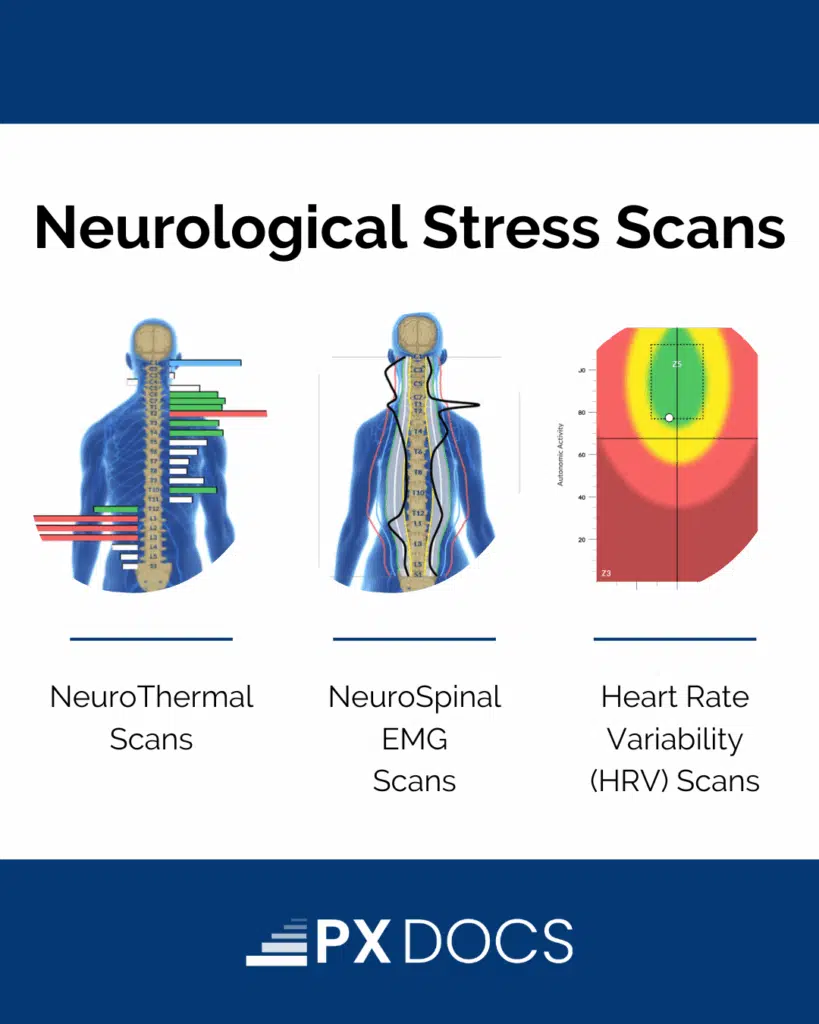
Through precise chiropractic adjustments, we work to release stuck stress from the sympathetic nervous system, activate the vagus nerve, and restore balance to the nervous system as a whole. Our goal is to help your child’s body know when it is safe and when to activate the “fight or flight” response, enabling them to access both sides of their nervous system and preventing them from getting “stuck” in a state of chronic anxiety.
The Path Forward: Hope Beyond Medication
We understand that the decision to explore drug-free options for your child’s anxiety can be daunting, especially when medication is often presented as the only solution.
However, we want you to know that there is hope and that a drug-free approach can be incredibly effective in helping your child manage their anxiety and reclaim their life.
By addressing the underlying neurological factors contributing to your child’s anxiety, we can help them build a more resilient and balanced nervous system, equipping them with the tools they need to navigate life’s challenges with confidence and ease.
So, if your child is struggling with anxiety and you feel like you’ve exhausted all options, we would love for you to take the first step toward healing by exploring Neurologically-Focused Chiropractic Care. Our PX Docs network is here to support you every step of the way. Check out the PX Docs directory to find a PX Docs office near you. Together, we can help your child navigate the challenges of anxiety and emerge stronger, more resilient, and ready to embrace all that life has to offer.

